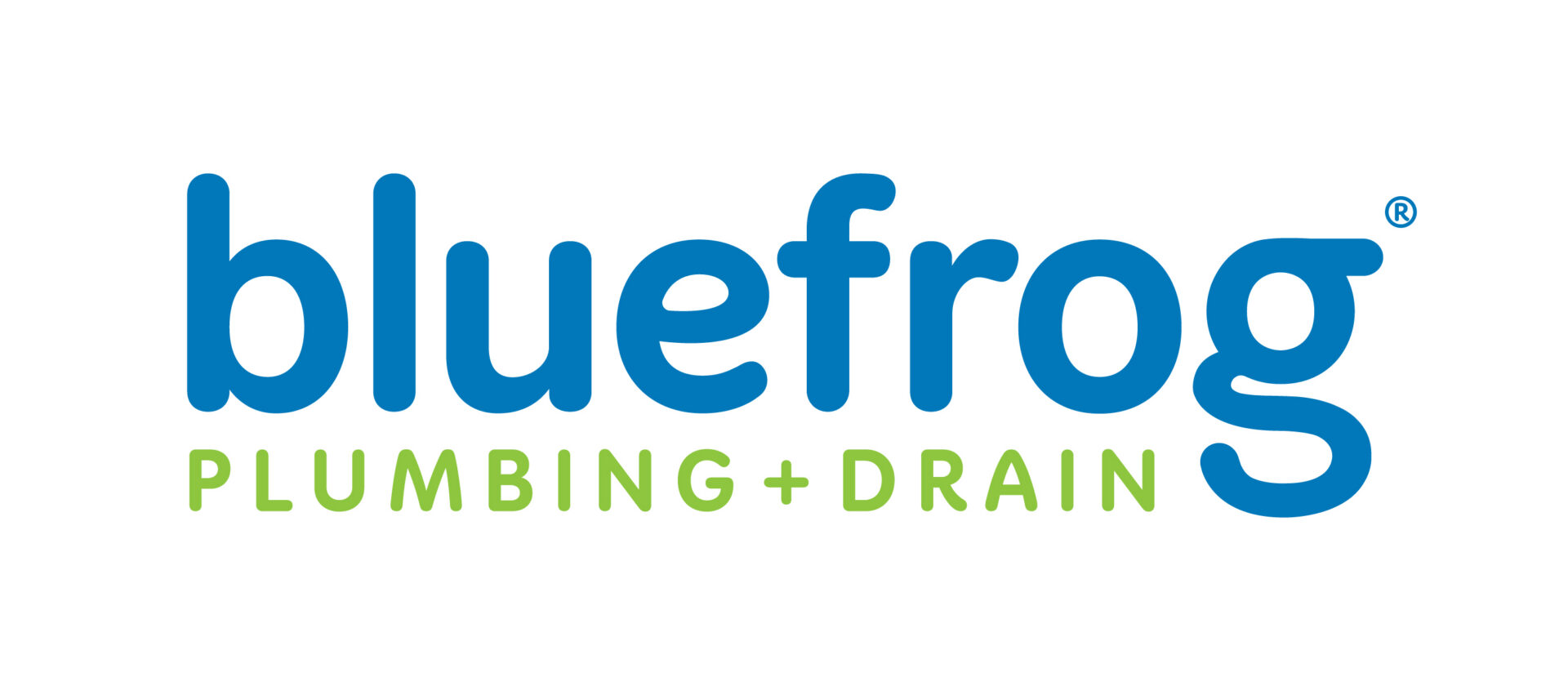The toilet flange might be an inconspicuous component of your plumbing, but it’s crucial in maintaining the functionality and hygiene of your bathroom. If you’ve been dealing with a wobbly toilet, water pooling at your toilet’s base, or unpleasant odors, it may be time for a toilet flange repair. Addressing the problem as soon as possible spares you inconvenient and potentially costly consequences, like bathroom floor damage and health hazards due to sewer exposure.
This guide will walk you through the signs you may have a damaged toilet flange and the steps you can take to repair it.
What Is a Toilet Flange?
Before attempting repairs, it’s essential to understand what a toilet flange is. The toilet flange is a pipe fitting located at the toilet’s base connecting the fixture to the floor and the outgoing sewer line. Its primary function is to create a secure connection between the toilet’s outlet hole and the plumbing system, ensuring all waste is directed into the sewage line without leaks.
This component also keeps the toilet securely fastened to the ground, keeping it in place and preventing leaks around the base. Issues such as wobbly toilets, water pooling around the toilet base, unpleasant odors, and sewage backups can point to a faulty toilet flange.
Toilet Flange Repair: 6 Basic Steps on How To Repair a Broken Toilet Flange
STEP 1: Turn Off the Water Supply and Drain the Water
Before anything else, turn off the water supply to your toilet to prevent any spills. You’ll also need to flush it several times to drain the water in the tank. The remaining water in the bowl can be soaked up with towels or removed with a wet/dry vacuum.
Finally, disconnect the water hose from the tank. It’s best to have some towels around your toilet to soak up any remaining water that might leak.
STEP 2: Lift The Toilet Bowl Off the Ground
Remove the toilet tank first by unscrewing the nuts underneath it with a wrench or socket. Take out the bolts, lift the tank gently, and set it aside.
To remove the toilet bowl, remove the caps covering the flange bolts at the toilet’s base to access the nuts holding it in place. Remove the nuts from each side of the base and gently rock the toilet to loosen the wax ring on the flange and the bottom of the bowl. If there is sealant around the toilet, cut through it with a knife before lifting the bowl.
Finally, lift the toilet bowl off the ground and set it aside.
STEP 3: Remove the Wax Ring and Inspect the Flange
Once the toilet is removed, scrape off the wax ring from the flange and the bottom of the bowl to inspect your toilet flange. You may also need to clean it with a shop vacuum for a better view. You want to check for cracks or corrosion to understand whether a repair is enough or a replacement is needed.
STEP 4: Repair or Replace the Flange
For minor problems, following the manufacturer’s instructions to install the repair plate over your existing flange is usually enough.
However, for severely damaged flanges, removal and replacement are necessary. This can involve cutting the old flange and fitting a new one. With that said, note that if your flange is made of metal or can’t be pulled out easily, it’s best to hire a professional to do the replacement for you.
STEP 5: Set the New Wax Ring and Reinstall the Toilet
With the repair kit or new flange installed, it’s time to set a new wax ring (or wax-free gasket) on the flange. You must ensure the ring is centered and pressed down for a good seal. Then, carefully lower the toilet over the flange, aligning the mounting bolts. Press down to compress the wax ring, and fasten the fixture to the flange.
STEP 6: Final Checks and Cleanup
Reconnect the hose to the tank and turn the water supply back on. Then, refill the tank and flush the toilet several times to ensure no leaks.
For the finishing touches, it’s a good idea to apply silicone caulk or plumber’s putty around the toilet base for a clean finish.
Enlist Professional Plumbing Services
Having practical guides on how to repair a toilet flange can help you get the job done correctly. However, a toilet flange repair or replacement isn’t always as straightforward as it seems. If you are unsure how to begin or are still seeing issues despite following the instructions down to a T, it’s best to get help from the professionals.
The professional plumbers at bluefrog Plumbing + Drain have performed countless toilet repairs. With their experience, they can inspect your broken toilet flange and offer the correct repair solutions. If you need a replacement, they’re also your best resource for finding the suitable component for your toilet.
Don’t let a faulty flange disrupt your life and comfort. Call bluefrog Plumbing + Drain of Argyle today for your toilet repair, and look forward to working with plumbers who show up on time, take care of the repair efficiently, and leave the work area neat and clean.
